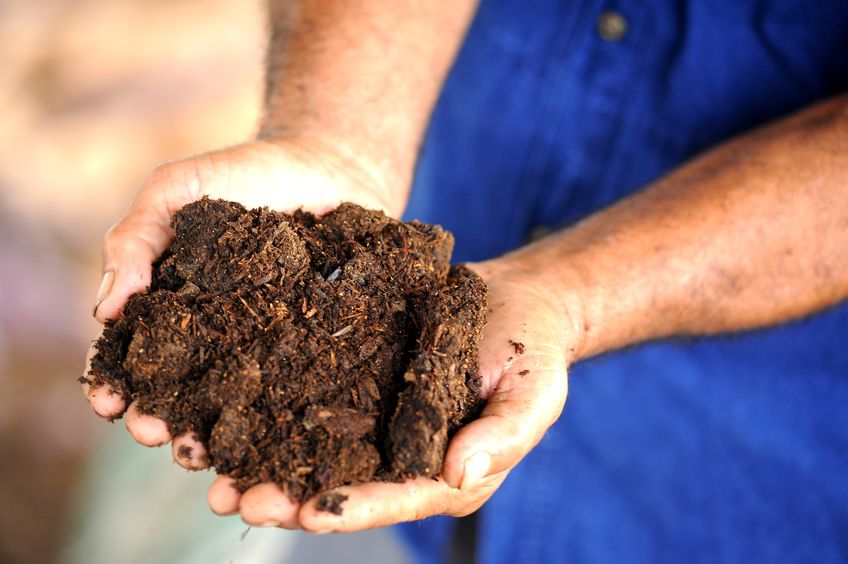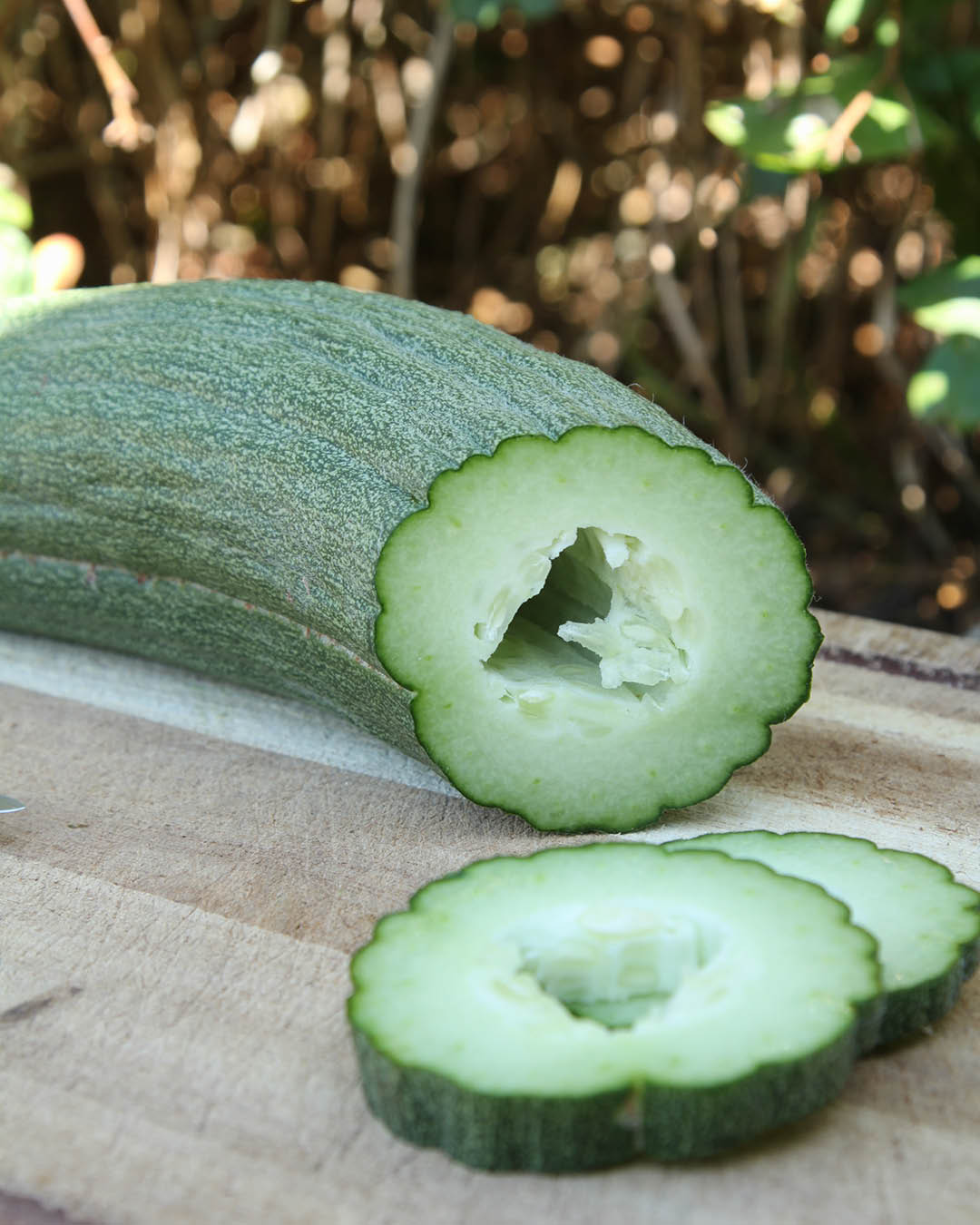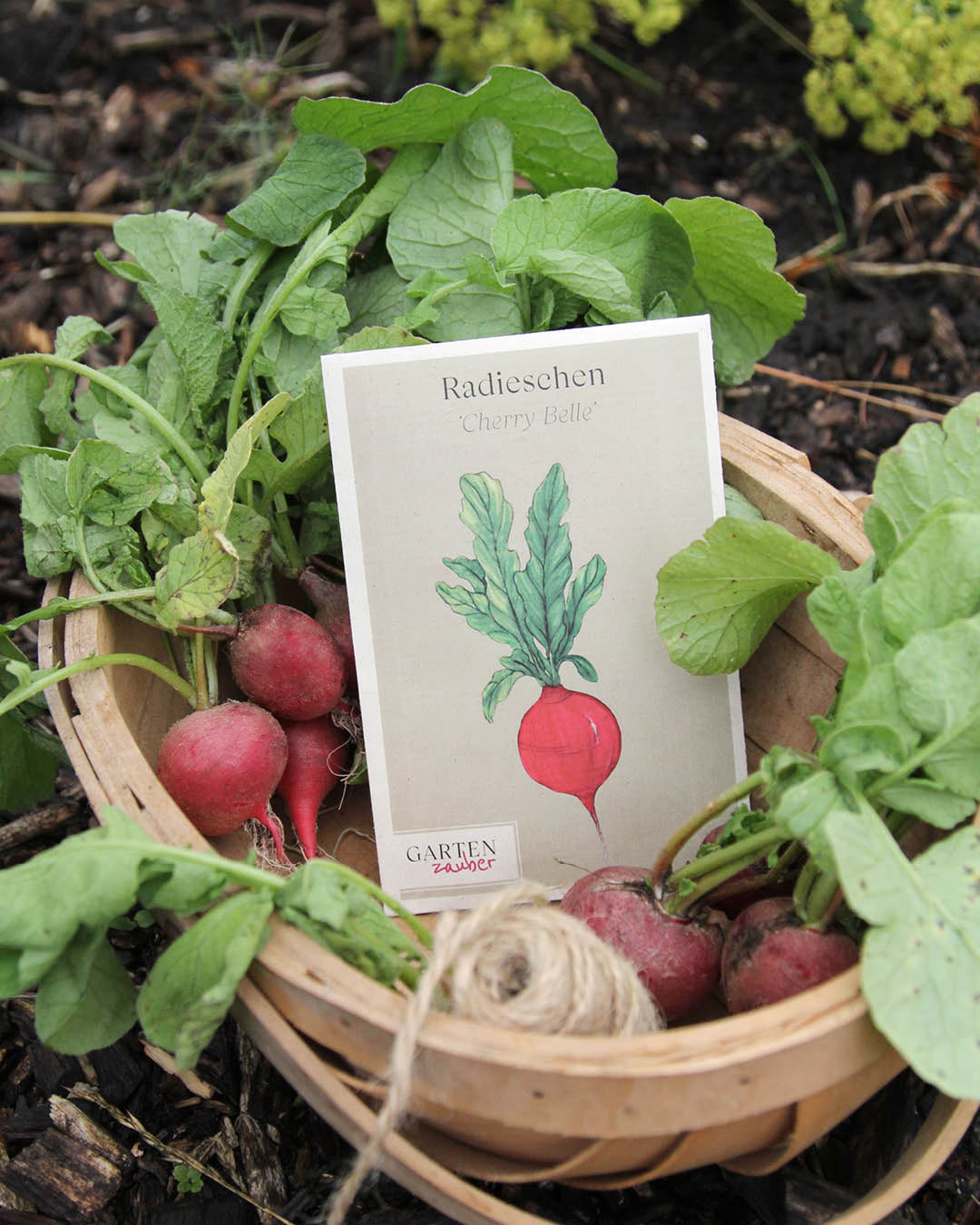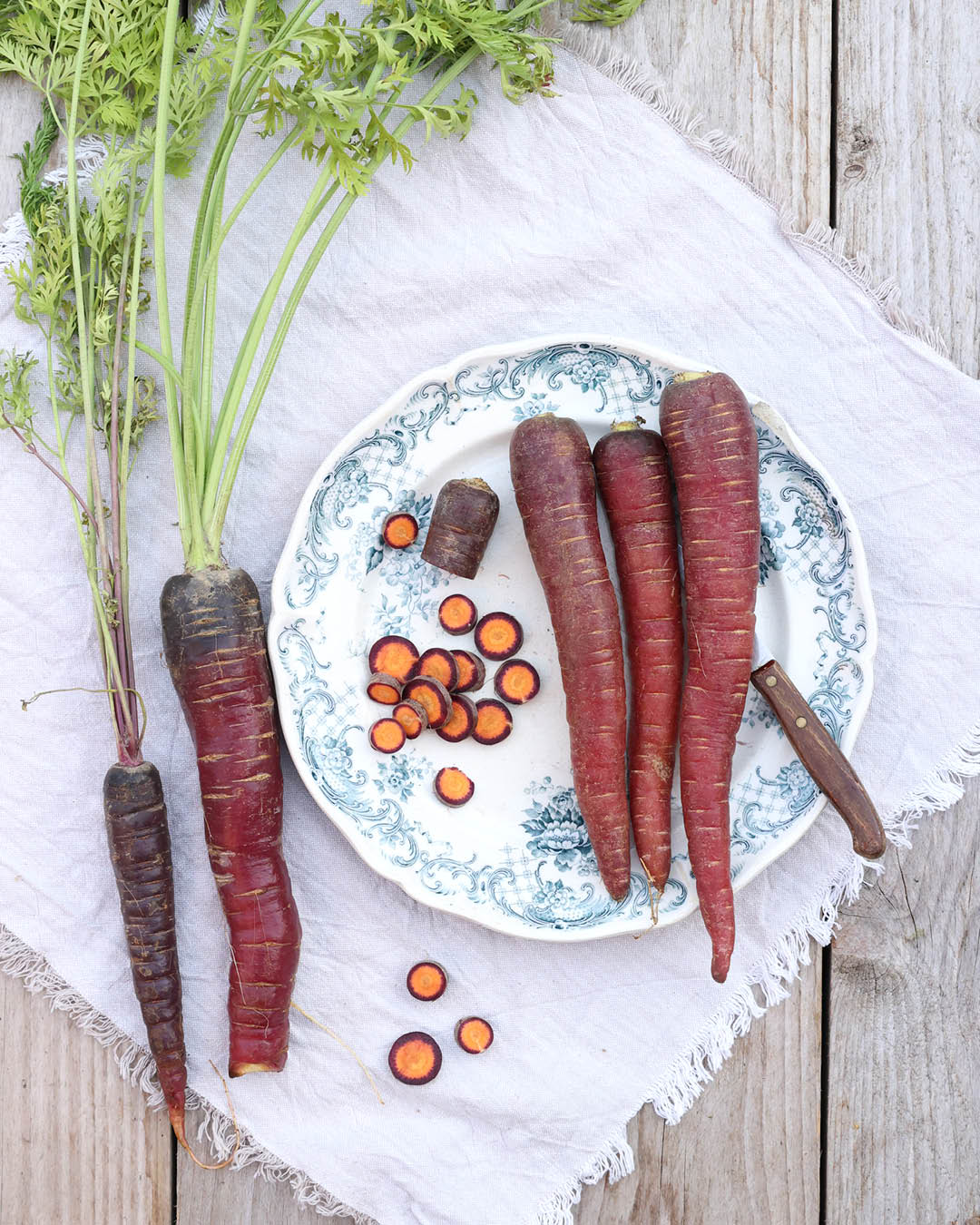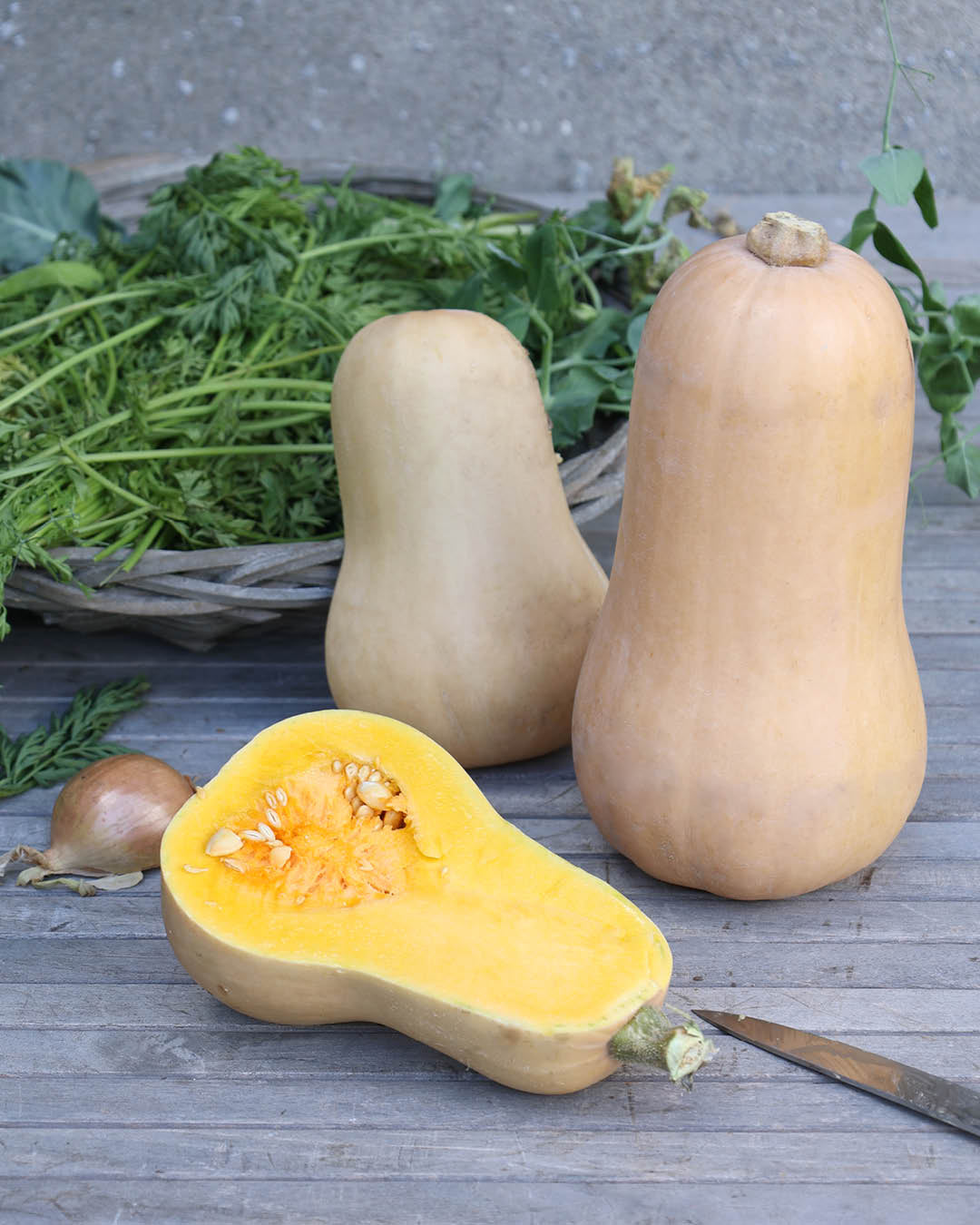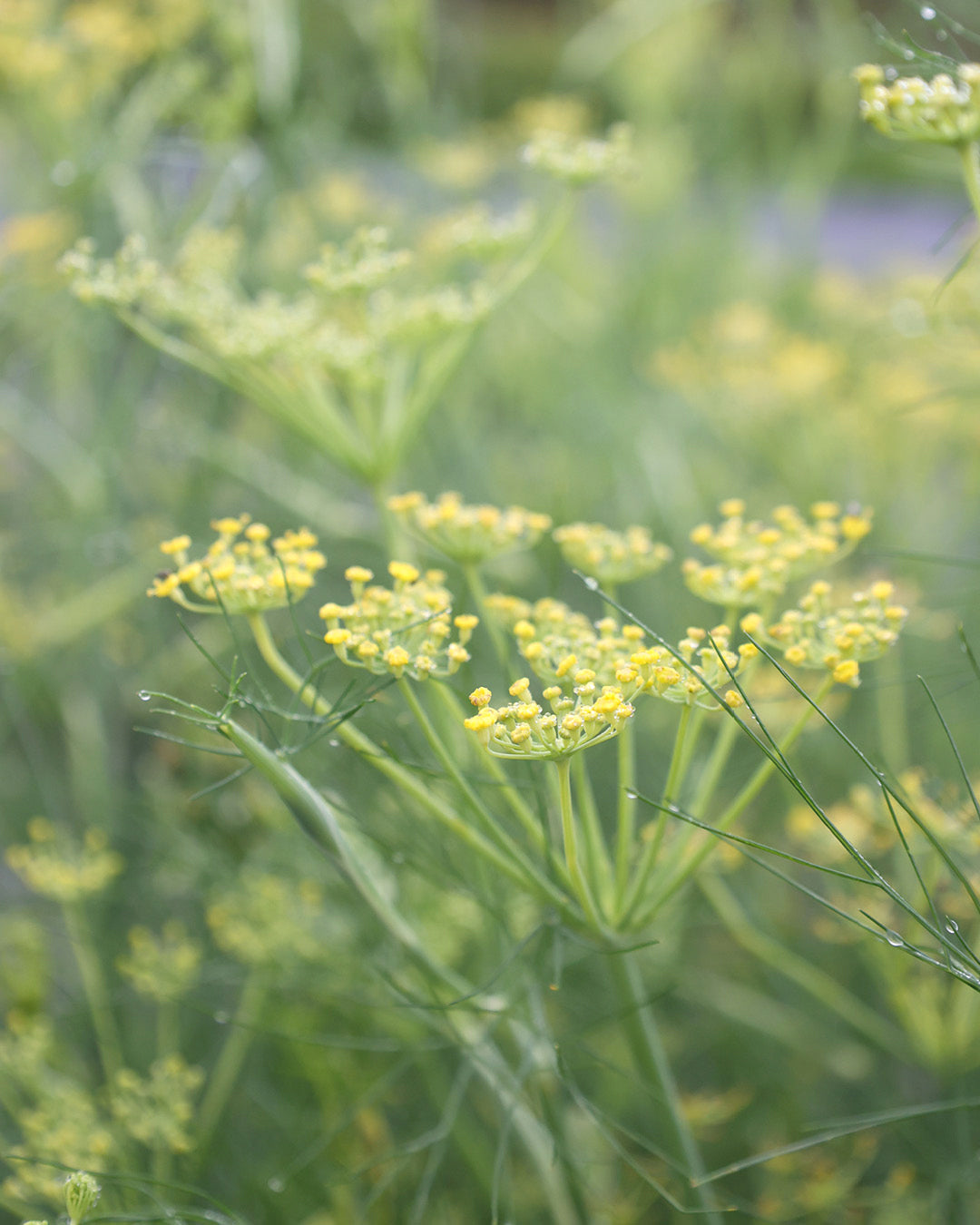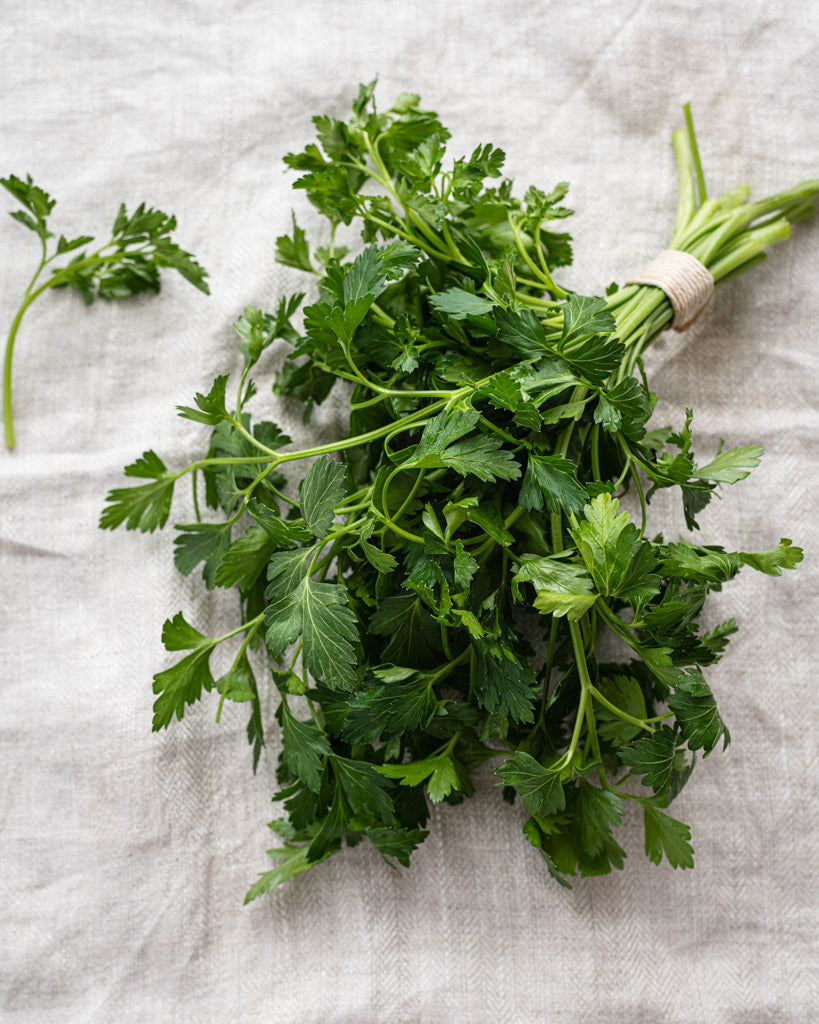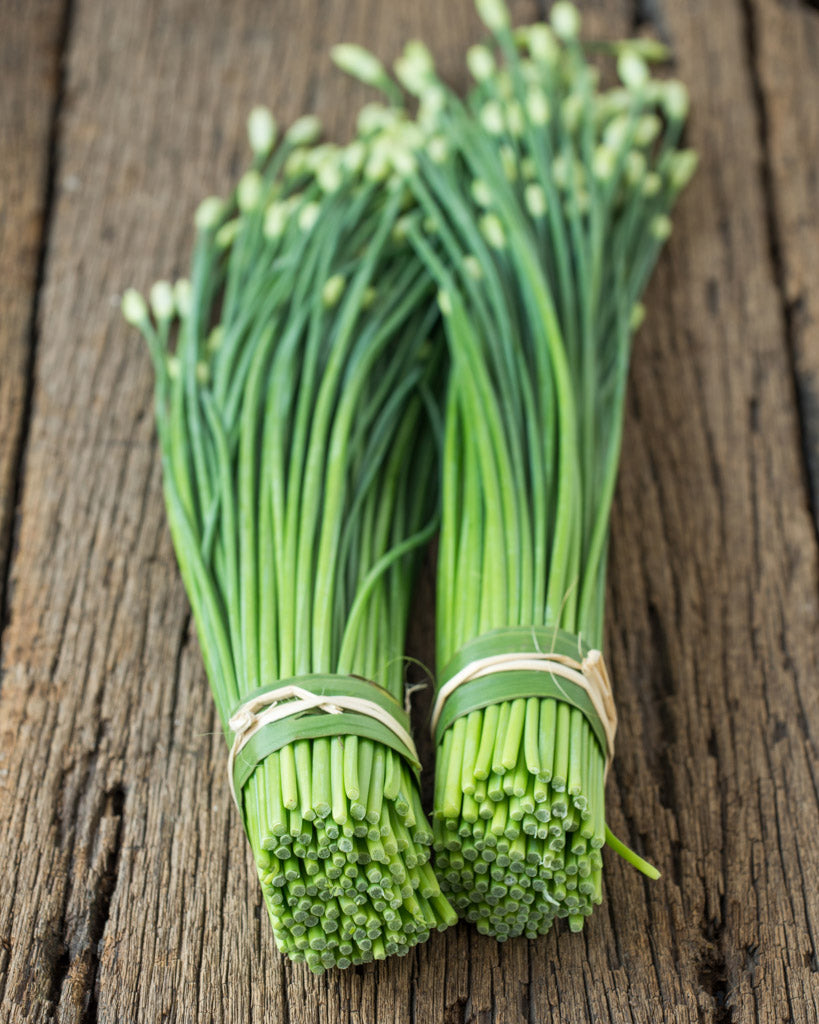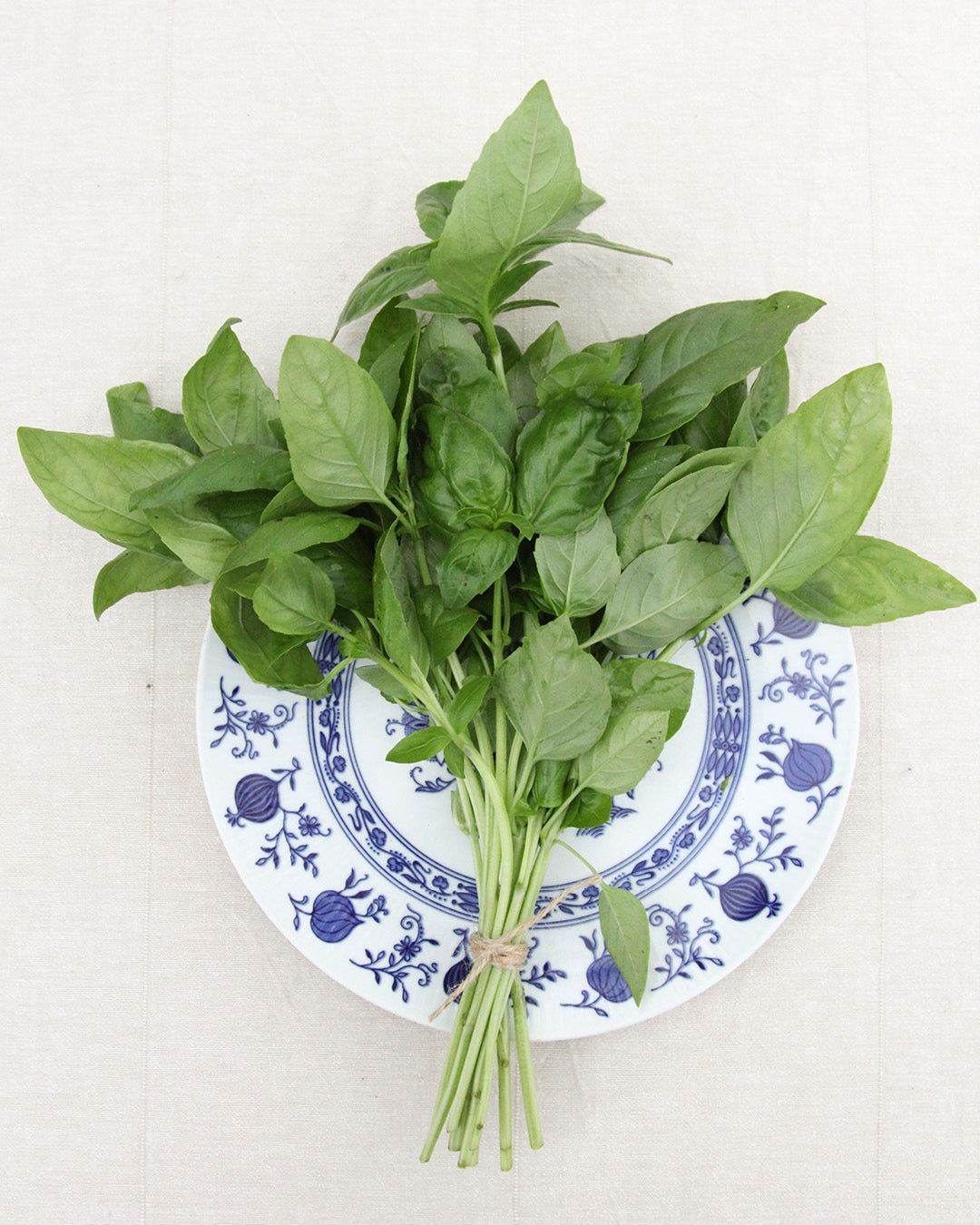Gardening in a square – rich harvest in the smallest space
Many people dream of having their own vegetable garden, but not everyone has a lot of space. With "square gardening," you can divide a bed into small squares (instead of traditional rows) and use mixed crops to achieve a large and varied harvest in a small area. And, incidentally, raised beds are currently very trendy.
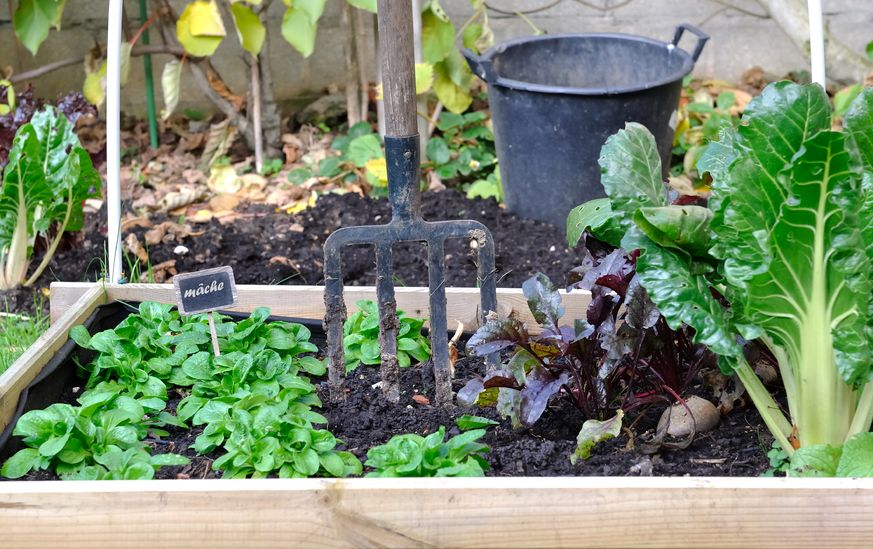
How it all began
In the 1980s, the American Mel Bartholomew developed the concept of "square foot gardening." After much experimentation, he came up with the idea of planting rows of vegetables in areas measuring 30 x 30 or 40 x 40 centimeters, thus dividing the entire bed into grids whose spacing was easy to maintain. It didn't seem sensible to him to fertilize and dig up entire garden areas when the plants only take up a fraction of that space and the freshly tilled soil is immediately trodden down again. He also wanted to save water and prevent weeds. The logical consequence of constantly watering and fertilizing areas where nothing grows is weeds! He also found the fight against deep-rooted weeds like thistles or dandelions tedious and looked for ways to prevent this. He discovered that most vegetables only have superficial roots and rarely grow deeper than 10-15 cm. So, instead of planting the vegetables in an existing bed, he planted them in a mini raised bed with fresh soil. According to Mel Bartholomew, this method saves 80 percent of space, 80 percent of weeds, 80 percent of irrigation, and 80 percent of waste.
Construction
A square foot is approximately 30 cm (=1 foot). In a squarefoot garden, the mini beds are usually divided into a 3 x 3 grid. This results in a "unit area" of approximately 30 x 30 cm per square, allowing work to be done from every side. However, a 4 x 4 grid also works well. To separate the squares, the raised bed is created with a wooden border. The squares form a larger square or rectangle, which is framed by wooden boards and should not exceed a side length of 120 cm. With this width, the gardener has unhindered access from all sides up to the center of the bed, so that the entire area can be used. The measurement is based on the average arm length when the arms are extended.
The bed is the goal
With a few planks, weed control fabric, a saw, a hammer, some nails, and wood preservative, you can build your own Square Foot Garden; there are also ready-made kits, e.g., in our shop. Give it a try! Even a small corner of the balcony has enough space. Lay out the weed control fabric and build a square box out of four boards. Of course, you can do without the fabric; it doesn't matter what kind of flooring you have underneath. The boards are about 15 to 30 cm high. This frame is divided into equal-sized compartments (each 30 or 40 cm). The division is made using simple slats or taut cords (wood scraps work great too!), which are placed on top of the square like a trellis. Tip: If the square planting area is designed as a raised bed, it is particularly easy on your back.
The great thing about the square garden is that it's a very compact work surface, suitable for a roof terrace, a sunny courtyard, or even a very small garden. It's best to position the box close to the house, allowing for easy maintenance and short commutes, and allowing for quick replenishment while cooking. It's also a good idea to plant annual flowers in one or two squares. This adds a splash of color to the mini garden.
Of course, there are no limits to creativity. While a square or rectangle works best, circles, triangles, and similar shapes are also acceptable!
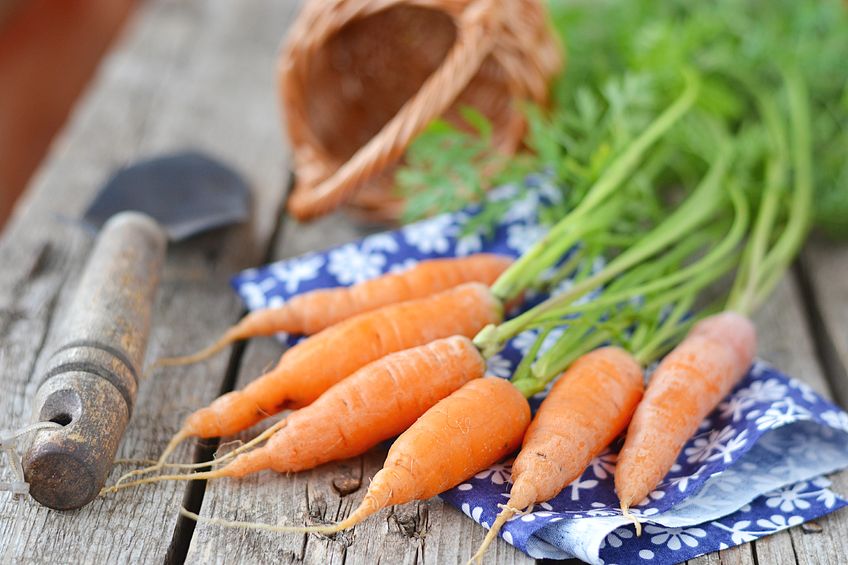
Mel's Mix
According to Mel Bartholomew, the perfect floor consists of
1/3 peat
1/3 vermiculite (alternatively perlite)
1/3 garden compost or mixed compost together.
If you do not want to use peat, you can replace it with peat-free substitutes such as bark compost or coconut fibers.
Mix the three parts by volume, not by weight! This mix ensures good drainage; it prevents waterlogging, and it also retains plenty of moisture, which helps plants grow. Its light and airy texture makes it easy to work with. Thanks to this mix, you no longer need detailed knowledge of soil structure or pH levels. The substrate is suitable for virtually all plants; it contains all the nutrients, minerals, and trace elements plants need. The best part: The mix never needs to be replaced.
If mixing Mel's substrate is too much work for you, you can combine the square system with a conventional raised bed setup and enrich good topsoil with compost. This also ensures the plants receive a supply of nutrients and water. Regular fertilization or compost addition is necessary to maintain soil quality.

Planning the harvest
Once the box is built and filled with soil, it's time to think about what you want to sow and plant. Depending on the space requirements of each vegetable, the number of plants per square meter is determined so that the beds can be used optimally. They are roughly divided into four categories, from small to extra-large:
Small: If the spacing is 8 cm, sixteen plants fit in one square, for example carrots, radishes or onions.
Medium: With a spacing of 10 cm, 9 plants fit in one square, e.g. spinach, beetroot or bush beans.
Large: With a spacing of 15 cm, you can plant four plants in one square, for example, lettuce, chard, or parsley. X-Large: For plants that need to be thinned to a spacing of 30 cm, only one plant per square, such as cauliflower, broccoli, tomatoes, melons, or peppers.
The sowing spacing is the same as that recommended on the seed packet. This means that 9 (or 16 for 4 x 4 squares) different plant species can thrive in one box. This ensures you have enough vegetables for your own consumption. In the beginning, however, it's recommended to only plant what you plan to eat. By observing your mini-beds, you can quickly draw conclusions for the next year. Squares with fast-growing vegetables like radishes or lettuce can be replanted immediately.
Make sure tall plants don't steal light from shorter plants. Therefore, tomatoes are planted facing north in the Square Foot Garden.
To plant the seeds, use your finger to draw appropriate lines in the soil. Then, you can press small indentations into the soil at appropriate intervals for the seeds.
Good neighbors, bad neighbors – mixed culture is a must!
Since the fields are very small, you inevitably have to deal with the issue of mixed cropping. That is, which vegetables get along and which don't. Carrots, for example, can be planted perfectly with leeks or onions. The carrots keep the onion fly away, and the leeks keep the carrot fly away. Borage is an ideal partner for zucchini. It attracts bees and other pollinators that zucchini needs for flowering. Tomatoes, in turn, get along well with radishes, and so on. Make sure you don't plant two vegetables from the same plant family next to each other.
Many varieties should not be grown in the same spot in the garden every year. This would deplete the soil of nutrients, and the plants would no longer be able to receive sufficient nutrients. Furthermore, plants from the same family attract the same pests and diseases. Particular attention must be paid to crop rotation, i.e., plant diversity. Vegetables from the same family or type (e.g., cucumber and melon in the cucurbit family, or leeks and garlic in the allium family) should not be grown consecutively. A classic crop rotation would be lettuce, radishes, and spinach.
Advantages at a glance
- The gardening is concentrated in a very small space, but it is a very intensively cultivated vegetable garden on an area of just 1.5 square meters.
The higher the plant density, the easier it is to care for. - The entire bed can be worked effortlessly from any position without having to step into the bed.
- You only grow as much as you need, but you can also try out a larger range.
- Since the wide row spacing is eliminated, the plants grow at an optimal distance from each other.
- Even in confined spaces, tall vegetables like cucumbers, beans, or tomatoes can be grown. Netting provides good support.
- Suitable for occasional gardeners, new gardeners and city dwellers as well as for large garden owners and allotment gardeners.
- More yield per area, less weeds!
Text: Victoria Wegner
